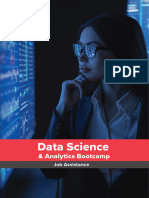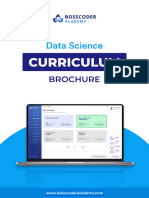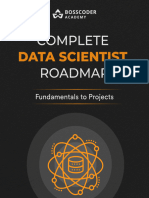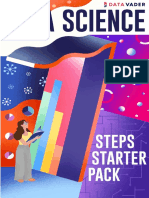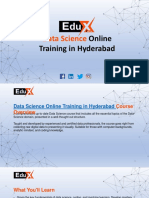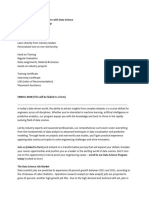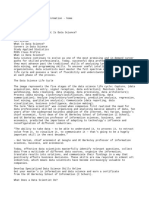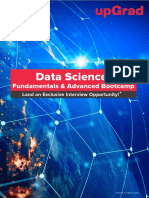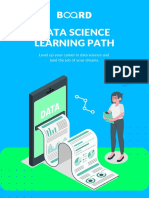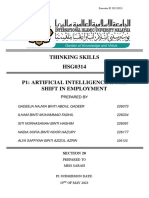0% found this document useful (0 votes)
40 views18 pagesData Science Bootcamp Syllabus - HyperionDev
The Data Science Bootcamp is designed to equip participants with the skills necessary to analyze and interpret data across various industries, utilizing tools like Python and machine learning techniques. The program progresses from beginner to advanced levels over three to six months, culminating in job readiness with support in career services and portfolio development. Graduates can pursue diverse roles such as data analyst, machine learning engineer, or data scientist, with high earning potential and job satisfaction.
Uploaded by
skhosanathabang514Copyright
© © All Rights Reserved
We take content rights seriously. If you suspect this is your content, claim it here.
Available Formats
Download as PDF, TXT or read online on Scribd
0% found this document useful (0 votes)
40 views18 pagesData Science Bootcamp Syllabus - HyperionDev
The Data Science Bootcamp is designed to equip participants with the skills necessary to analyze and interpret data across various industries, utilizing tools like Python and machine learning techniques. The program progresses from beginner to advanced levels over three to six months, culminating in job readiness with support in career services and portfolio development. Graduates can pursue diverse roles such as data analyst, machine learning engineer, or data scientist, with high earning potential and job satisfaction.
Uploaded by
skhosanathabang514Copyright
© © All Rights Reserved
We take content rights seriously. If you suspect this is your content, claim it here.
Available Formats
Download as PDF, TXT or read online on Scribd
/ 18



